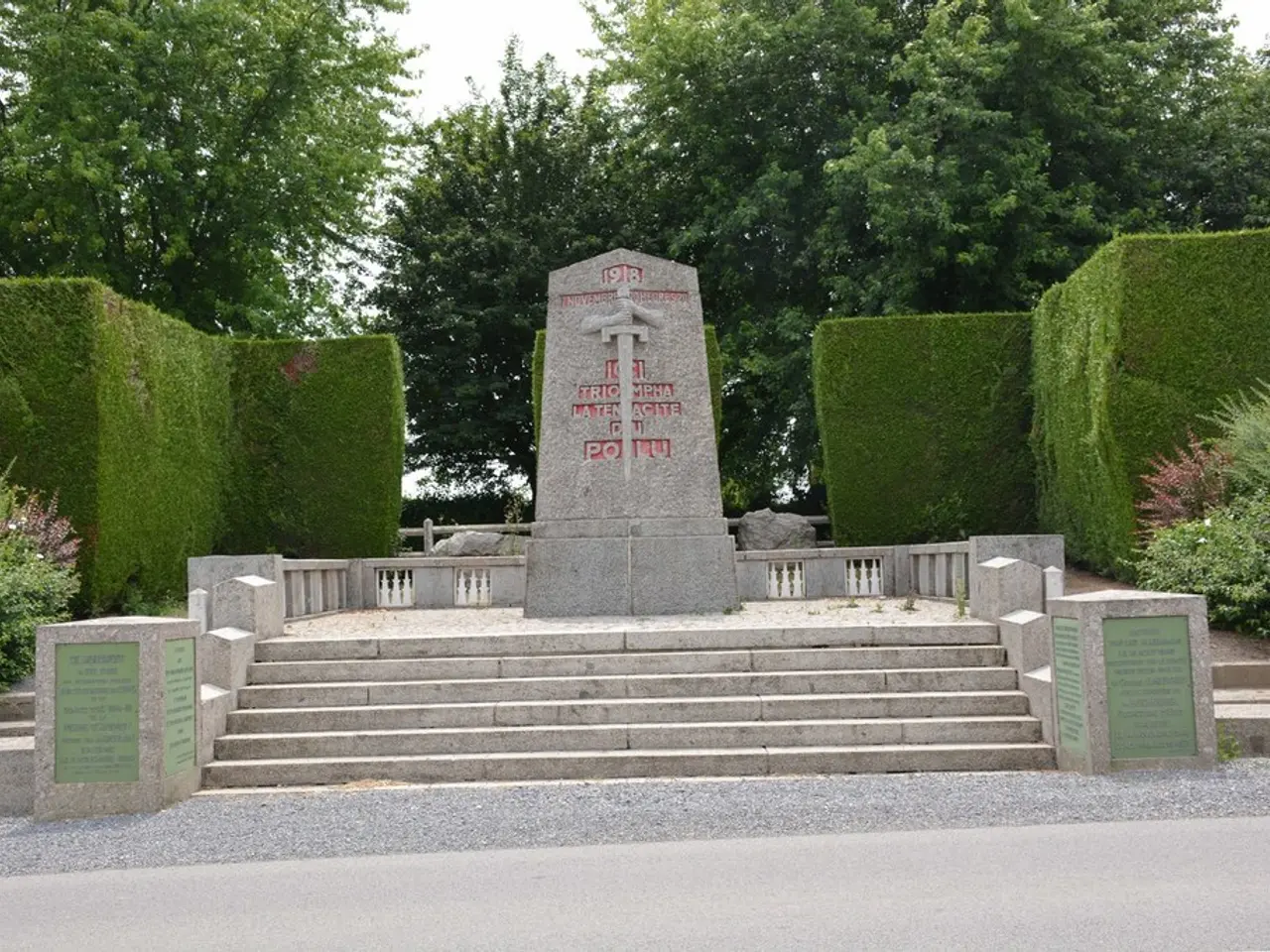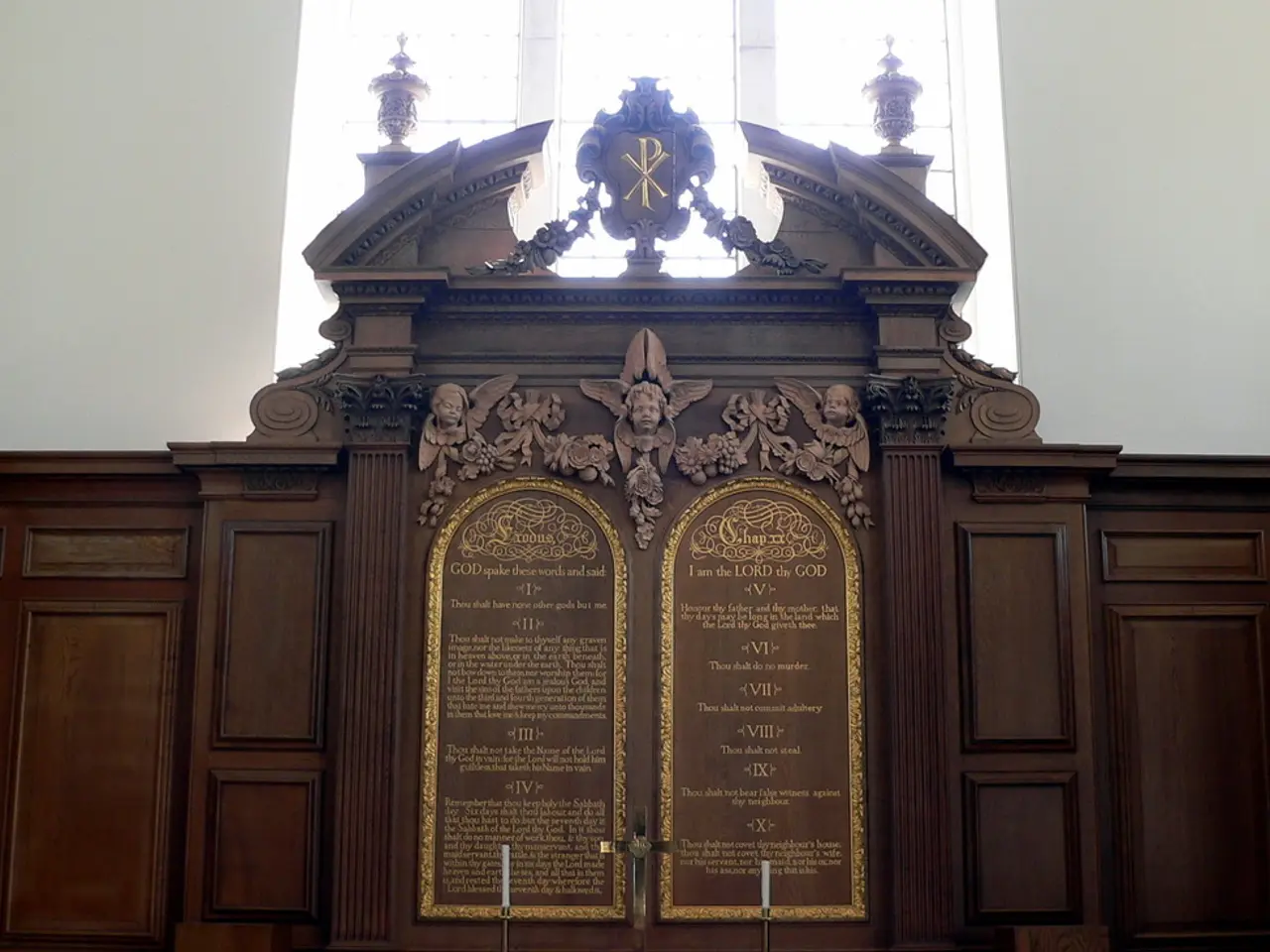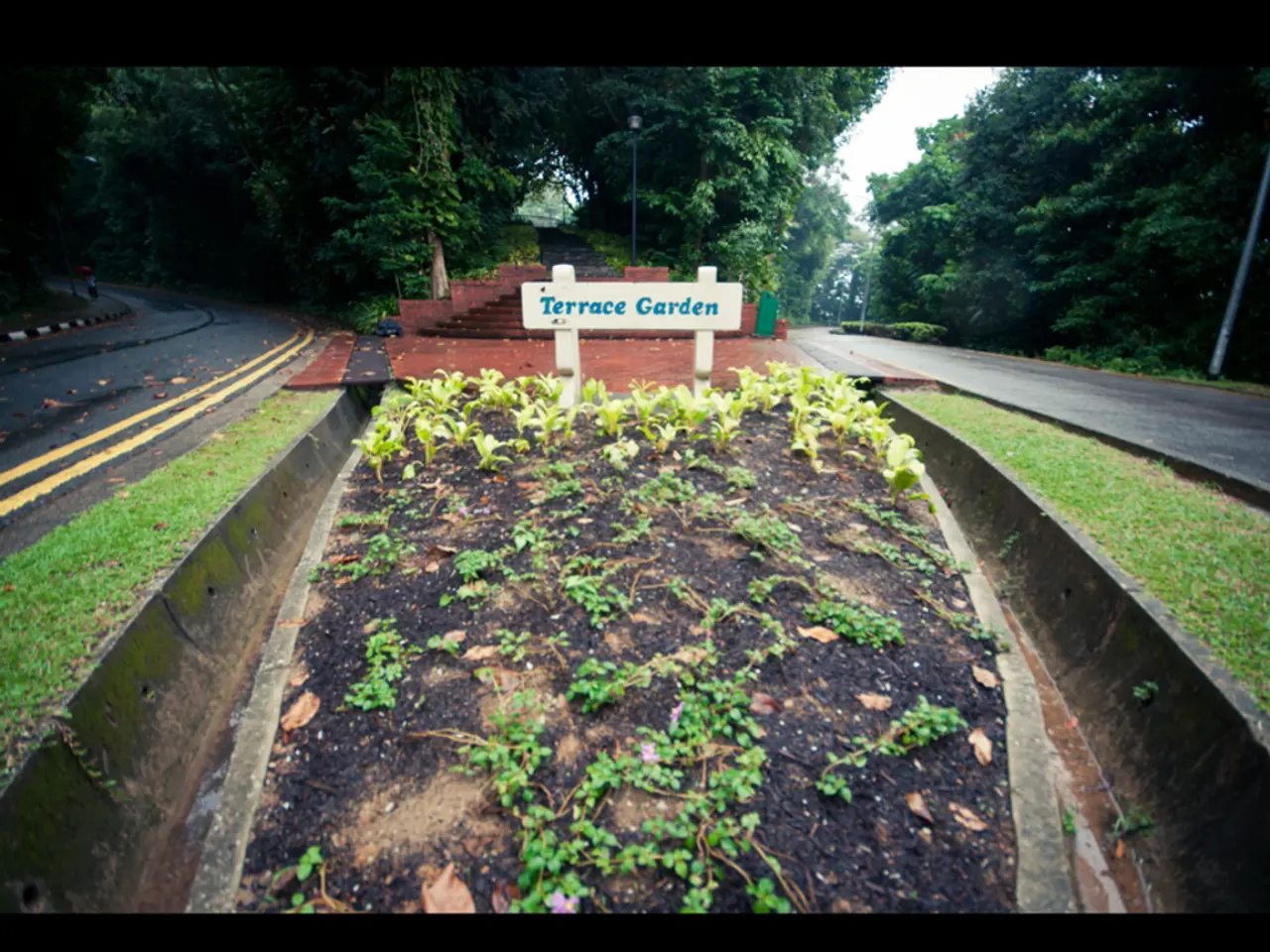Prime Minister Modi's Motive Behind Planting a Parijat in Ayodhya
The Parijat tree, scientifically known as Nyctanthes arbor-tristis, holds a profound place in Hindu traditions, boasting cultural, historical, and mythological importance.
### Mythological Significance
The Parijat tree is deeply rooted in Hindu mythology, with connections to the Samudra Manthan, the churning of the cosmic ocean, and the creation of the universe. It is also associated with stories involving Lord Krishna, who is said to have brought the tree from Indraloka (heaven) to Dwaraka for his wife Satyabhama.
The flowers of the Parijat tree are favourites of Lakshmi, the goddess of wealth and prosperity, and are often offered in worship to Krishna and Maha Lakshmi. The tree is also linked to tales of love and sacrifice, such as the story of Parijata, a princess who took her own life over unrequited love, and the legend of Krishna giving the flower to Rukmini, sparking jealousy in Satyabhama.
### Cultural Significance
Symbolising purity, beauty, and the transient nature of life, the Parijat flower is used in rituals to symbolise devotion and is a symbol of spiritual connection. It is revered during various festivals, including Durga Puja, where its flowers are considered sacred.
The Parijat tree serves as a symbol that unites people across India through shared traditions and beliefs, bridging cultural gaps.
### Medicinal Properties
The Parijat tree is not only culturally significant but also possesses medicinal properties. It has a rich history in traditional medicine, offering various health benefits due to its antioxidant, anti-inflammatory, and antimicrobial properties. The plant is used to treat various ailments, including fever, asthma, and skin conditions, making it a valuable natural remedy.
In Ayurveda, Parijat leaves are hailed for their miraculous benefits. The tree is said to cure various ailments, including fever, sciatica, arthritis, constipation, and even snakebites.
Recently, the act of planting a Parijat sapling by Prime Minister Narendra Modi at the Ram Mandir construction site in Ayodhya was both symbolic and profound, reflecting the tree's cultural and spiritual significance.
The Parijat tree is a potent symbol of cultural identity, spiritual connection, and natural healing, inviting us to witness the extraordinary in our own gardens. Every Tuesday, a fair is held where locals pay homage to the Parijat tree, and it continues to be significant in South Asia's diverse tapestry. The celestial beauty of the Parijat tree leaves people breathless and awestruck, serving as a reminder of the wonders that lie within our rich cultural heritage.
[1] Tiwari, V. K. (2012). Nyctanthes arbor-tristis L.: A Review on Ethnobotany, Phytochemistry, Pharmacology and Molecular Biology. International Journal of Pharmacy and Pharmaceutical Sciences, 4(3), 769-778. [2] Jha, R. K., & Jha, A. K. (2011). Nyctanthes arbor-tristis L.: A Review on Ethnobotany, Phytochemistry, Pharmacology and Molecular Biology. International Journal of Pharmacy and Pharmaceutical Sciences, 3(4), 875-881. [3] Chakraborty, S., & Chakraborty, A. (2010). Nyctanthes arbor-tristis L.: A Review on Ethnobotany, Phytochemistry, Pharmacology and Molecular Biology. International Journal of Pharmacy and Pharmaceutical Sciences, 2(2), 307-313. [4] Harivansh Puran (n.d.). Retrieved from https://www.sacred-texts.com/hin/har/har119.htm [5] Singh, R. (2017). Nyctanthes arbor-tristis L. (Parijat): A Review on its Ethnomedicinal Uses and Phytochemical Constituents. International Journal of Pharmacy and Pharmaceutical Sciences, 10(2), 541-547.
The Parijat tree, a symbol of spiritual connection and beauty, is often gifted during home-and-garden fairs, embodying purity and the transient nature of life. In a gesture reflecting the tree's diverse cultural significance, Prime Minister Narendra Modi planted a Parijat sapling at the Ram Mandir construction site in Ayodhya.




